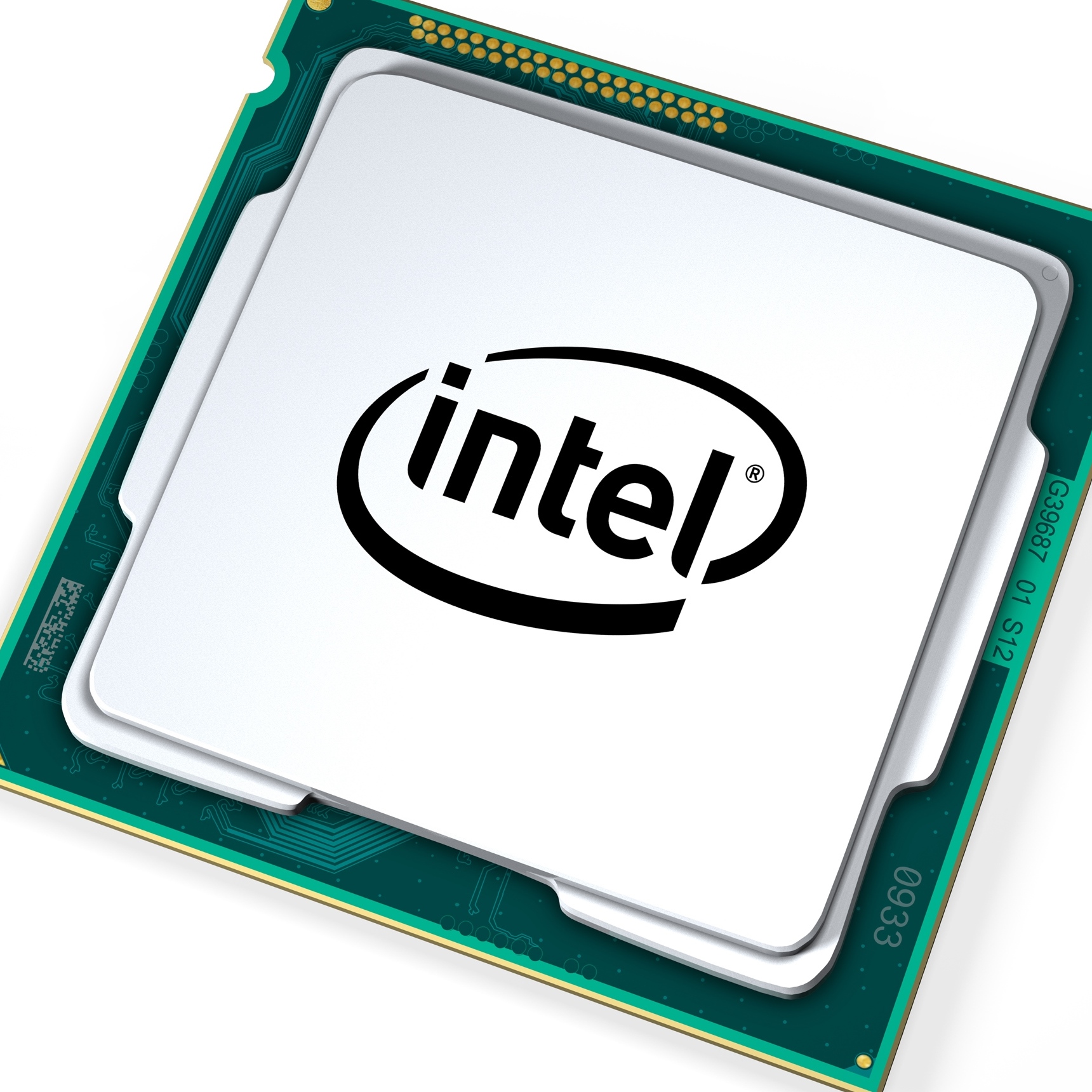Technology
More Risk for Intel, More Opportunity for AMD (and NVIDIA)

Published:
Last Updated:

Intel Corp. (NASDAQ: INTC) dominated the processor market for so long that it has been very hard for many in the investing community to understand and accept the resurgence of Advanced Micro Devices Inc. (NASDAQ: AMD). AMD has come back from the depths of uncertainty, and if Merrill Lynch’s Vivek Arya is right, there continues to be more market share risk for Intel — a win for AMD.
Back on June 21, Merrill Lynch downgraded Intel to Neutral. That was on increased competition from AMD in servers, but it was also on share gains by NVIDIA Corp. (NASDAQ: NVDA) in artificial intelligence and accelerators.
Intel is still well in the lead at the top end of servers. But what Arya sees is AMD potentially disrupting the low to mid-range market in servers. In an end of the week call, he maintained Merrill Lynch’s Neutral rating on Intel and maintained its Buy rating on AMD. Surprisingly, the firm’s price objectives still imply upside in both stocks despite that Neutral rating on Intel.
Intel’s new Purely server is expected to be a modest positive for the stock and is expected to serve as a reminder of Intel’s dominance in the data center. Still, the Merrill Lynch view is that AMD’s new EPYC product provides substantially more features at the low-end/mid-range of the server market and that it could be well suited a for large number of applications that are “less computeintensive” but require a lot more input/output.
The Merrill Lynch team believes that AMD’s new products can directly address at least one-third of the $20 billion total addressable market, and that can help AMD gain highly accretive market share. At a minimum, they see it negatively impacting Intel’s economics throughout the stack.
Purely, which could in the report be the most significant upgrade since Nehalem in 2009, was noted with the following expected upcoming features:
While Intel’s price objective is $38, the AMD price objective is $16.50, based on 3x 2018E EV/S, which is said to be in line with the level that main rival NVIDIA traded at during the beginning of its success with its current product cycles. Also noted was that AMD is launching several new products that can help expand its operating margins well above consensus expectations.
Arya has been more conservative on Intel in 2017. His price objective was $45 in September of 2016, then fell to $42 in October of 2016, and the downgrade in June took it to $38.
Intel shares were up 0.7% at $33.88 on Friday’s closing bell, in a 52-week trading range of $33.34 to $38.45. Intel’s consensus analyst rating is still more of a Buy, and the consensus price target from Thomson Reuters of $39.79 is just about 5% higher than the firm’s own $38 target and Neutral rating. Merrill Lynch still sees close to 12.1% upside for Intel, and that is without considering its 3.2% dividend yield for a total return of more than 15%.
Shares of AMD were up 2.6% to $13.36 on Friday’s close. The 52-week range is $4.82 to $15.55, and Merrill Lynch’s $16.50 price objective is almost $4 higher than AMD’s consensus analyst target price of $12.82. If Merrill Lynch is right, then AMD offers almost 25% upside for investors, though it has no extra kicker for a dividend component.
NVIDIA ended the day up 2.3% at $146.76. Its 52-week range is $49.22 to $168.50, and its consensus target price was last seen at $133.89. Merrill Lynch’s price objective for NVIDIA is $185.
If you look at a market cap comparison versus revenues, Intel still dominates in revenues but is considered a much slower laggard on its relative multiples. The opportunity for AMD and NVIDIA is what happens in the coming years. Not all the fiscal years match up, but here is how each looks against each other using the expected current year consensus revenue estimate from Thomson Reuters:
Thank you for reading! Have some feedback for us?
Contact the 24/7 Wall St. editorial team.